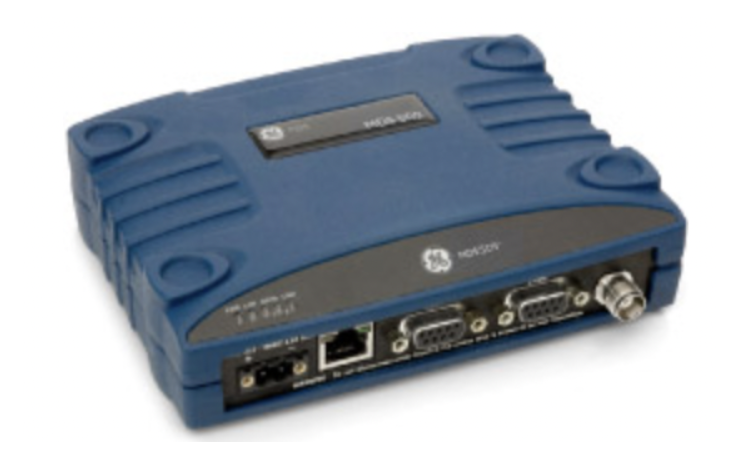MDS SD Radios

MDS SD Series radios provide industrial wireless solutions for long-distance communications. These licensed narrowband wireless devices are designed for robust performance even in hazardous locations, making them ideal for a range of applications.
One of the key features of the MDS SD radios is their support for both Ethernet and serial or only a serial interface. This dual interface capability means they can seamlessly integrate with multiple devices, including those running on multiple industry protocols. For example, the SD radios can interact with Modbus TCP, among other industry protocols.
More Information about SD Radios
The SD radios come with embedded terminal server functions, allowing for the efficient handling of data from serial devices. They typically offer two serial ports, enabling simultaneous communication with multiple devices.
The MDS SD Series radios are also designed to ensure smooth and controlled migration of data, thus minimizing lost messages. Exception reporting and collision detection further enhance the reliability of data transmission.
Additional features such as an operational temperature range and sleep mode make these radios versatile for different working conditions. Some models even come with an internal backup battery and AC powered options, providing flexibility and redundancy in power supplies.
The SD radios also provide several advanced features such as selectable transceiver alarm conditions and manual switchover capability. Ethernet bridging and Ethernet encapsulation are also supported, broadening their compatibility with various network setups.
Industrial Cellular Radio Basics
Cellular Radios
Cellular radios are used in situations where traditional radio communication networks may not exist or where direct line of sight on those networks may be hard to achieve. Cellular radios function in similar ways to how many of the devices used on a daily basis, like cell phones. Cellular phones rely on cellular communication towers to transmit data to and from phones and other mobile devices. Depending on the type of network those devices are designed for will dictate things such as speed and data throughput capacity.
Industrial Cellular Radios
The same principles apply to industrial style cellular radios. Just like cell phones, these radios rely on third party transmission signals in order to properly communicate. And just cell phones, the hardware specifications of the radios will dictate what type of cellular network they will have access to. In situations where the data requirements are very low, for example, a scenario where monitoring only a few simple data points once every hour or so, a network with higher speed capabilities is not needed. However, monitoring something like a live video feed or other complex data and information over that network, a radio and network capable of higher speeds and data capacities will be necessary.
Drawbacks
One of the biggest drawbacks to using cellular networks is cost. While the radios themselves are usually priced in line with other types of industrial communication radios, there will almost always be a monthly service charge, which can vary greatly depending on the demands of the specific application. These costs can add up over time making the cellular radio option an expensive one. Also, because the radio is operating on a third-party network, the ability to customize and configure the radio network will be greatly limited.
Conclusion
While cellular radios can be a great option in certain situations, typically, traditional industrial radios will provide the most flexible and reliable serial communication solution over time while saving on the cost of a monthly service charge. However, when traditional communication methods fail, cellular radios can provide a reliable and effective alternative.

